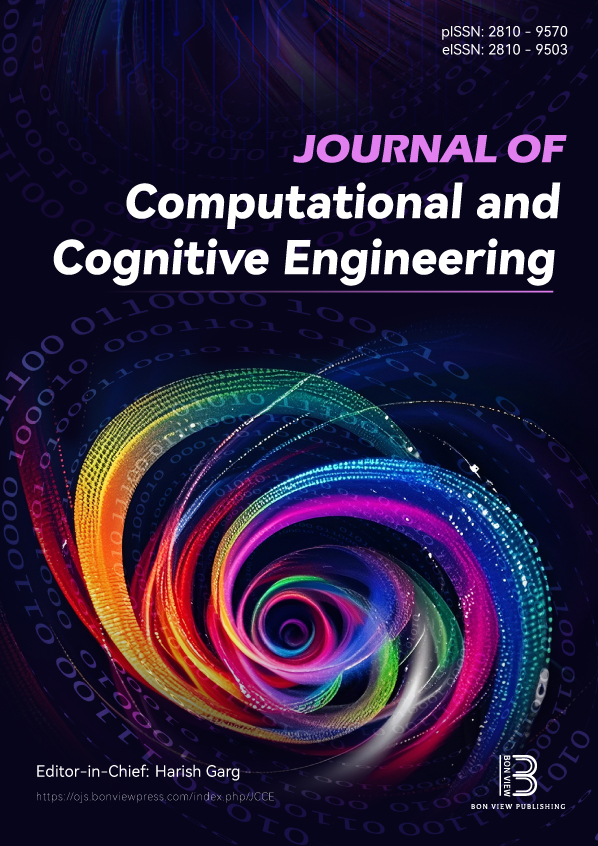An Improved Computational Model Based on Cardiac Imaging Data for the Quantitative and Qualitative Assessment of the Mechanical Properties of the Human Left Ventricle
DOI:
https://doi.org/10.47852/bonviewJCCE52026343Keywords:
left ventricle, modeling, finite element, strain, cardiac magnetic resonance imaging, simulationAbstract
Computational modeling has contributed to many fields of medicine and has been proven very useful for diagnosing complex diseases. A special case is that of myocardial infarction (MI), a prevalent cardiovascular disease where computational modeling approaches have been useful for detecting abnormalities. The aim of this paper is to propose enhanced computational models for the human left ventricle (LV) to estimate the strain and stress distributions in healthy and diseased subjects. Computational models were developed and evaluated using human LV of 20 patients with MI and 20 healthy controls using cardiac magnetic resonance imaging acquisitions and simulation tools. The finite element technique was employed for LV modeling. Comparative analysis revealed higher global strains in healthy subjects compared to MI patients, particularly global circumferential, longitudinal, and radial strains. The average stress distributions were 67.9 ± 5.01 kPa in healthy models and 78.3 ± 8.21 kPa in infarcted regions. Model-derived strain data indicated an overall average of −0.15 ± 0.06 for healthy models and 0.2 ± 0.04 for infarcted regions. LV strain values were compared with those obtained from two feature-tracking algorithms to validate the proposed models, resulting in very promising findings. The work presented here highlights the importance of computational modeling for quantitative and qualitative analyses of heart disease and the potential of using such models in other organs. When combined with imaging data, the proposed models can have significant implications for improved patient care and treatment strategies.
Received: 3 June 2025 | Revised: 30 July 2025 | Accepted: 8 September 2025
Conflicts of Interest
The authors declare that they have no conflicts of interest to this work.
Data Availability Statement
Data are available from the corresponding author upon reasonable request.
Author Contribution Statement
Rania Awadi: Conceptualization, Methodology, Software, Validation, Formal analysis, Investigation, Data curation, Writing – original draft, Writing – review & editing, Visualization. Narjes Benameur: Methodology, Validation, Investigation, Writing – review & editing, Visualization, Supervision, Project administration. Wafa Baccouch: Formal analysis, Writing – review & editing, Visualization. Mohamed Deriche: Methodology, Writing – review & editing, Visualization, Project administration, Funding acquisition. Arnab Palit: Validation, Visualization. Moncef Aloui: Resources, Data curation. Nadjia Kachenoura: Software, Validation, Resources, Data curation, Writing – review & editing, Visualization. Salam Labidi: Methodology, Investigation, Writing – review & editing, Visualization, Supervision, Project administration.
Metrics
Downloads
Published
Issue
Section
License
Copyright (c) 2025 Authors

This work is licensed under a Creative Commons Attribution 4.0 International License.






